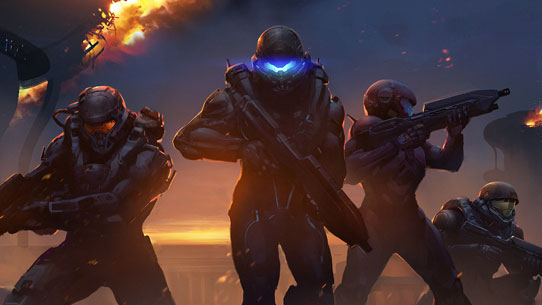Released: January 12th 2017 (UK)
Length: 128 Minutes
Certificate: 12A
Director: Damien Chazelle
Starring: Ryan Gosling, Emma Stone, John Legend and Rosemarie Dewitt
The classical age of Hollywood is quite the distance away,
the stylised look of the fifties having all but disappeared from the medium. Merging
together elements of musicals, drama and classical Hollywood, Damien Chazelle’s
La La Land is a hypnotising piece of entertainment without any real stumbles,
even if you’re not a fan of the musical genre.
Set in the glitzy city of Los Angeles, Sebastian (Ryan
Gosling) and Mia (Emma Stone) are two average individuals looking to make their
way in the entertainment world. Both have their dreams and both end up meeting
each other by pure coincidence. Sebastian wants to start his own Jazz club
whereas Mia wants to leave her average café waitress job to become an actress.
We follow them through the ups and downs of their lives as they form a bond and
try to reach their goals while contending with the difficulties of modern life.
With the changing circumstances faced by the characters, the film effortlessly
swaps in and out of numerous musical pieces, while also getting across its more
emotive moments without falling into cheesy territory. Then of course, there’s
the film’s namesake in which the ordinary fades into “La La Land” as it were. It’s
a series of dreamlike shifts that replace the mundane with a soothing, artsy
backdrop, one which the characters use to escape from their problems. In effect,
it becomes its own setting, shutting out all the facets of the real world and
switching to a dazzling, idealistic backdrop. It speaks to the escapades in the
audience while also conveying its themes of passion and the notion of modern
times pushing people down, driving them away from what they want to accomplish.
The film is clearly a love letter to those who dream and in this regard, a
hopeful uplifting tone continues to hang over the narrative.
La La Land focuses almost entirely on the two main leads and
their perspectives allow the film to maintain an unwavering grip on the
audience. Both Gosling and Stone pour their hearts into their performances and
the chemistry between them delivers a tremendous amount of heart. The
relationship between them, shown through singing, dance and traditional acting
creates a trifecta of styles which enhances the film’s central theme. Whenever they burst into song, there’s a real passion
to it, showing how much the dreams mean to the characters, to the point of
romanticism. Sebastian and Mia stand external from the side characters who are
all portrayed in a realistic manner. John Legend supplies his singing voice and
an anchor for the demands of today’s society while the others bring a heap of
talent to bear in the musical moments. Despite their dips in and out of
reality, the characters all feel human, their struggles conveying a sense of
relatability typically reserved for serious drama productions.
La La Land is a fantastically produced film; in fact, many of
its techniques have a theatre-like edge to them; the lighting drains out of
scenes to focus on the main characters, the city lights turn to a beautiful
blue and purple and the proceedings launch into full-blown musical at all the
right moments. All of it is endlessly engrossing but the use of music is the
lifeblood of the film; it always serves to set the tone and keep things humming
along. It pours out the emotions to gel with the character’s highs and lows
whether it’s a subdued solo song or rocking jazz piece. The heavy use of an
older text style, swinging drums and trumpets marks the film’s tribute to its
past contemporaries, something which has been deftly woven into its
presentation. A hefty contrast between the saturated colours of reality and the
imaginary world creates an ambience, as does the shift between a sunny studio
backdrop and the neon-lit exteriors of nightclubs and other venues. The
camerawork takes great advantage of the film’s musical tendencies as well,
expertly panning around the extravagant action and following the main
characters. It provides a gorgeous view of the action, transplanting the
audience fully into the setting without a single drop in immersion.
La La Land is a pure dose of delightful escapism, a lovingly
crafted homage that seamlessly blends our modern society with blissful,
absorbing imagination. Far from being confined to its cinematic outlet, the
film reaches above that bar to become one of the best modern musicals ever
produced.
Rating: 5/5 Stars (Exceptional)













